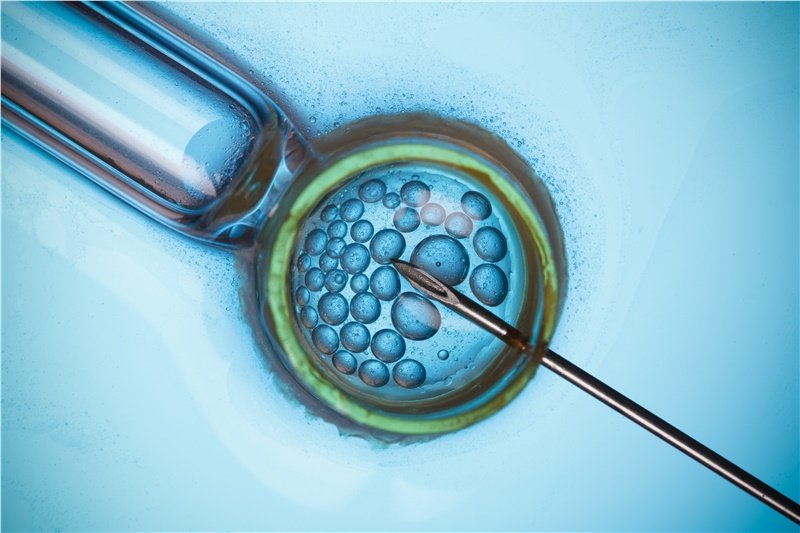
Assisted reproductive techniques
(ART) are procedures that provide reproductive support by transferring sperm into the woman's uterus, placing donated eggs into the uterus or taking eggs from the ovaries and placing them into the uterus.
The egg can be fertilized in the uterus or in the laboratory. Artificial insemination (AI) and in vitro fertilization (IFV, in vitro fertilization) are the most commonly used ART procedures.
Artificial insemination (AI)
Artificial insemination is the simplest ART procedure. It is usually performed as the first intervention in uncomplicated cases of infertility. Artificial insemination is the placement of sperm directly into the cervix (intracervical insemination) or uterus (intrauterine insemination).
Intrauterine insemination is used when
- Women with inappropriate cervical mucus
- If the man's sperm count is too low
- In cases where donor sperm is used
- Both partners have unexplained infertility
When artificial insemination fails because the couple has a specific fertility problem or because the woman is too old, a more advanced artificial insemination procedure such as
- Female partner is prescribed medication before the procedure
- The man must produce sperm at the time of the woman's ovulation
- The sperm is washed and then inserted into the uterus through a thin catheter
- Assisted reproductive drugs and sperm retrieval are timed so that the procedure coincides with ovulation.
Standard in vitro fertilization (IVF, in vitro fertilization)
In vitro means carried out in the laboratory. In vitro fertilization means fertilization in the laboratory.
The typical IVF procedure includes:
- Your doctor will first prescribe an assisted reproduction medication that will overstimulate the ovaries so that multiple eggs are removed from the follicles before they are released from the ovaries.
- To retrieve the eggs, an ultrasound probe is usually inserted into the vagina and, using the ultrasound images, a needle is inserted into the follicle and the eggs are retrieved from the follicle.
- Eggs and sperm are brought together in a tube. After 48 to 72 hours, the eggs are usually fertilized.
- The fertilized embryos are implanted into the woman's uterus.
- It takes 2 weeks to know if the procedure was successful.


Contact
We are at your service 24/7
Error: Contact form not found.
Patient Satisfaction
Beautiful thoughts from all of you
If you're looking for car insurance, we will help you to find the You bring emendous value to company. We have generated more leads in the last

Farhan Smith Health Mentor
If you're looking for car insurance, we will help you to find the You bring emendous value to company. We have generated more leads in the last

Elwin Dawson Medical Specialist
If you're looking for car insurance, we will help you to find the You bring emendous value to company. We have generated more leads in the last

Poral Dawson Home Nurse
If you're looking for car insurance, we will help you to find the You bring emendous value to company. We have generated more leads in the last


